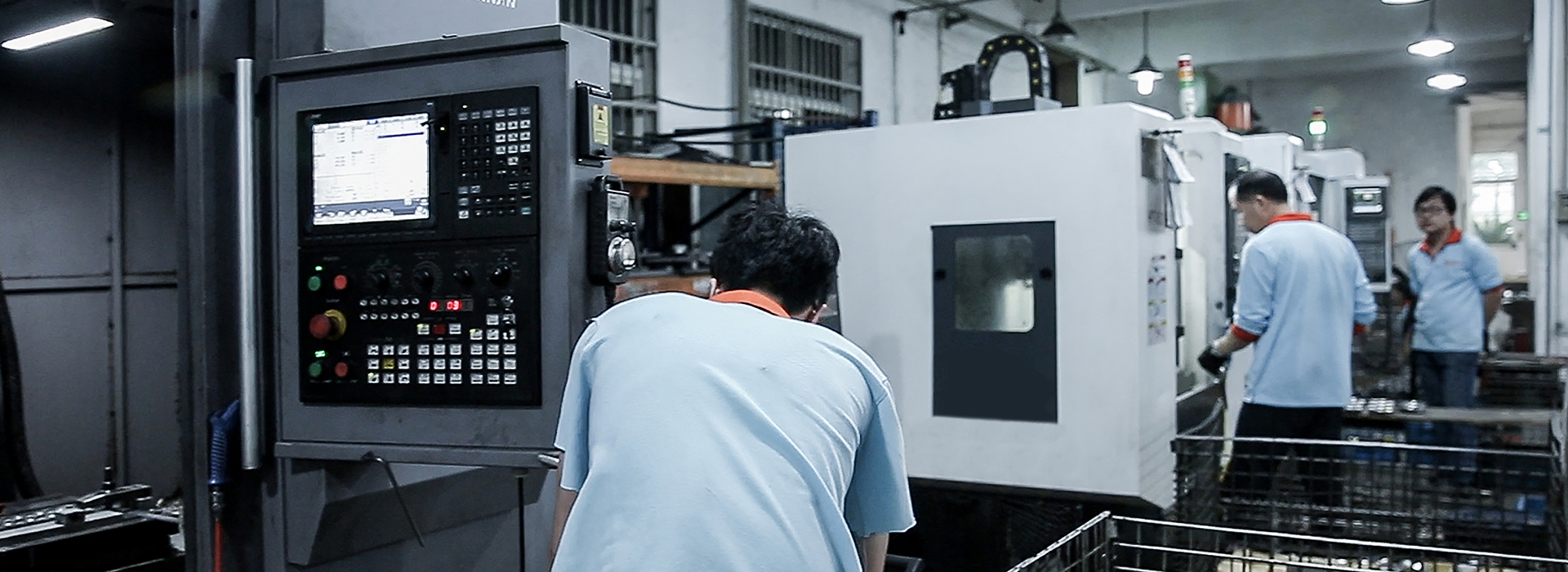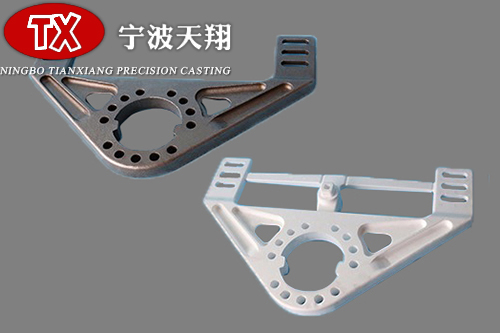
For the internal defects of bracket casting manufacturers, the commonly used nondestructive testing methods are radiographic testing ultrasonic testing. Among them, the effect of X-ray detection can get the visual image reflecting the type, shape, size distribution of internal defects, but for large castings with large thickness, ultrasonic detection is very effective, the position, equivalent size distribution of internal defects can be measured comparatively.
1) X-ray detection (micro focus Xray) generally uses X-ray y-ray as the ray source, so the equipment other auxiliary facilities that generate the ray are needed. When the workpiece is placed in the ray field for irradiation, the radiation intensity of the ray will be affected by the internal defects of the casting. The radiation intensity emitted through the casting varies locally with the size nature of the defect, forming a ray image of the defect, which can be imaged recorded by a ray film, detected observed in real time by a fluorescent screen, detected by a radiation counter. Among them, the method of radiographic film imaging recording is a commonly used method, that is to say, radiographic inspection. The defect image reflected by radiography is intuitive, the defect shape, size, quantity, plane position distribution range can be presented, but the defect depth can be reflected generally, so special measures calculation are needed to determine. The application of X-ray computed tomography (CT) in the international casting network is expensive expensive, but this new technology represents the future development direction of high-definition RT technology. In addition, the micro focus X-ray system using the approximate point source can also eliminate the fuzzy edge produced by the larger focus equipment make the image outline clear. The digital image system can improve the signal-to-noise ratio of the image further improve the clarity of the image.
2) Ultrasonic examination
Ultrasonic testing can also be used to check the internal defects of the bracket casting manufacturer. It uses the sound beam with high-frequency sound energy in the internal propagation of the casting to produce reflection when encountering the internal surface defects find defects. The reflected sound energy is a function of the directivity property of the inner surface defect the acoustic impedance of the reflector. Therefore, the sound energy reflected by various defects inner surface can be used to detect the existence position, wall thickness the depth of the defect under the surface. As a widely used non-destructive testing method, the main advantages of ultrasonic testing are: high detection sensitivity, which can detect small cracks; large penetration ability, which can detect thick section castings. The main limitations are: it is difficult to interpret the reflection waveform of the breaking defects with complex outline size poor directivity; it is also difficult to interpret the waveform of the internal structures that are acceptable, such as grain size, organizational structure, porosity, inclusion content fine dispersed precipitates; in addition, reference to the standard test block is required for detection.
